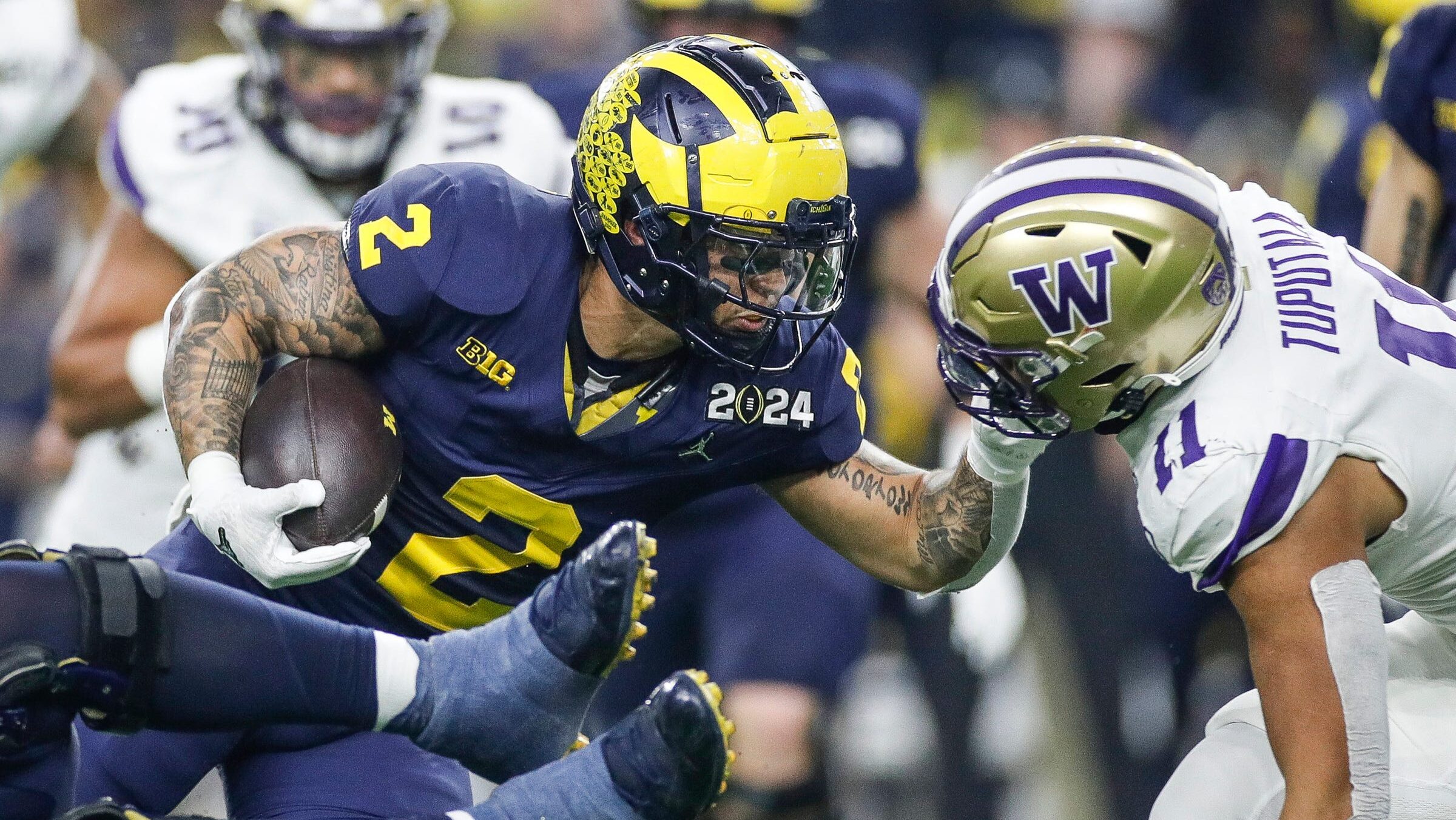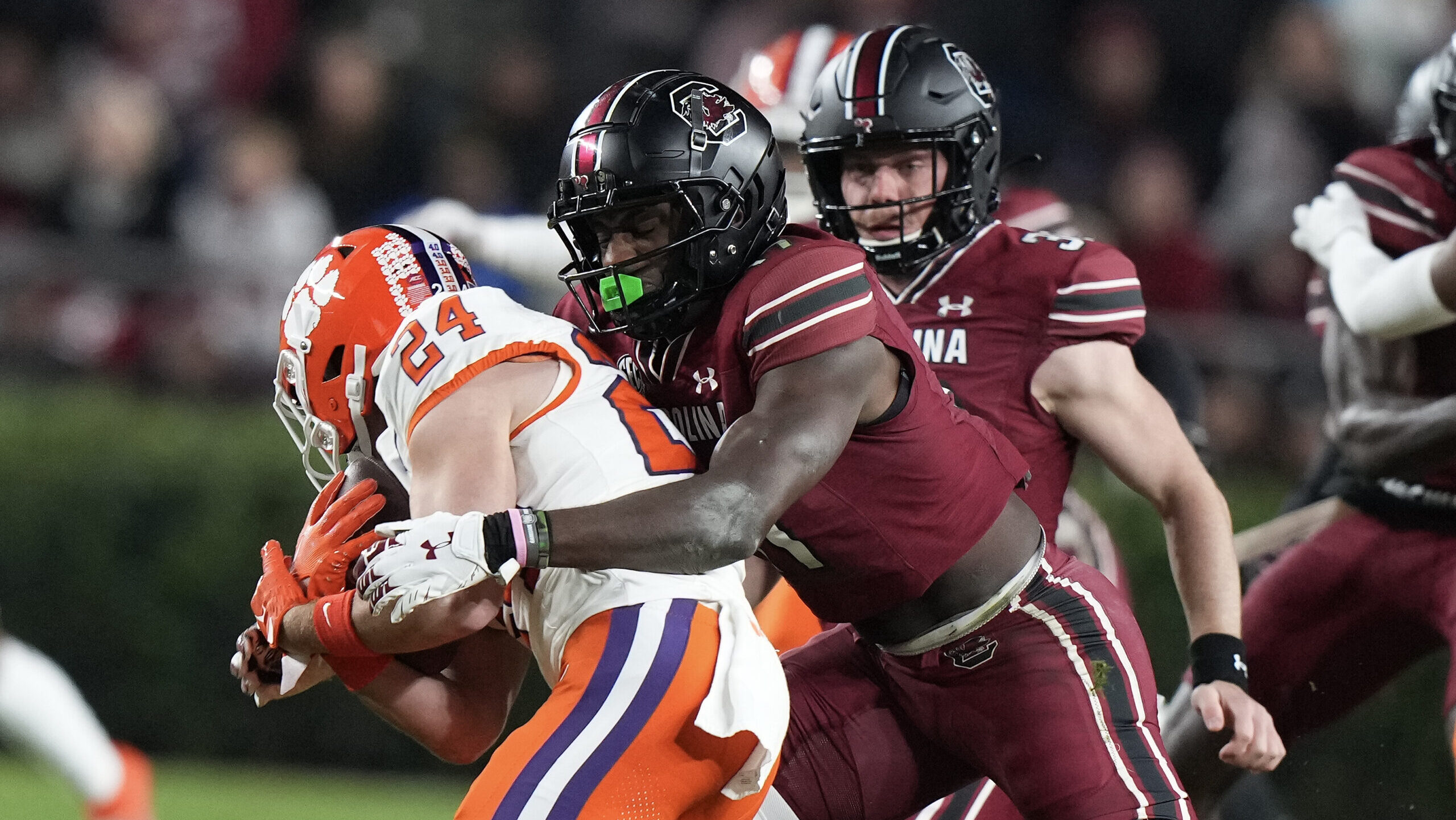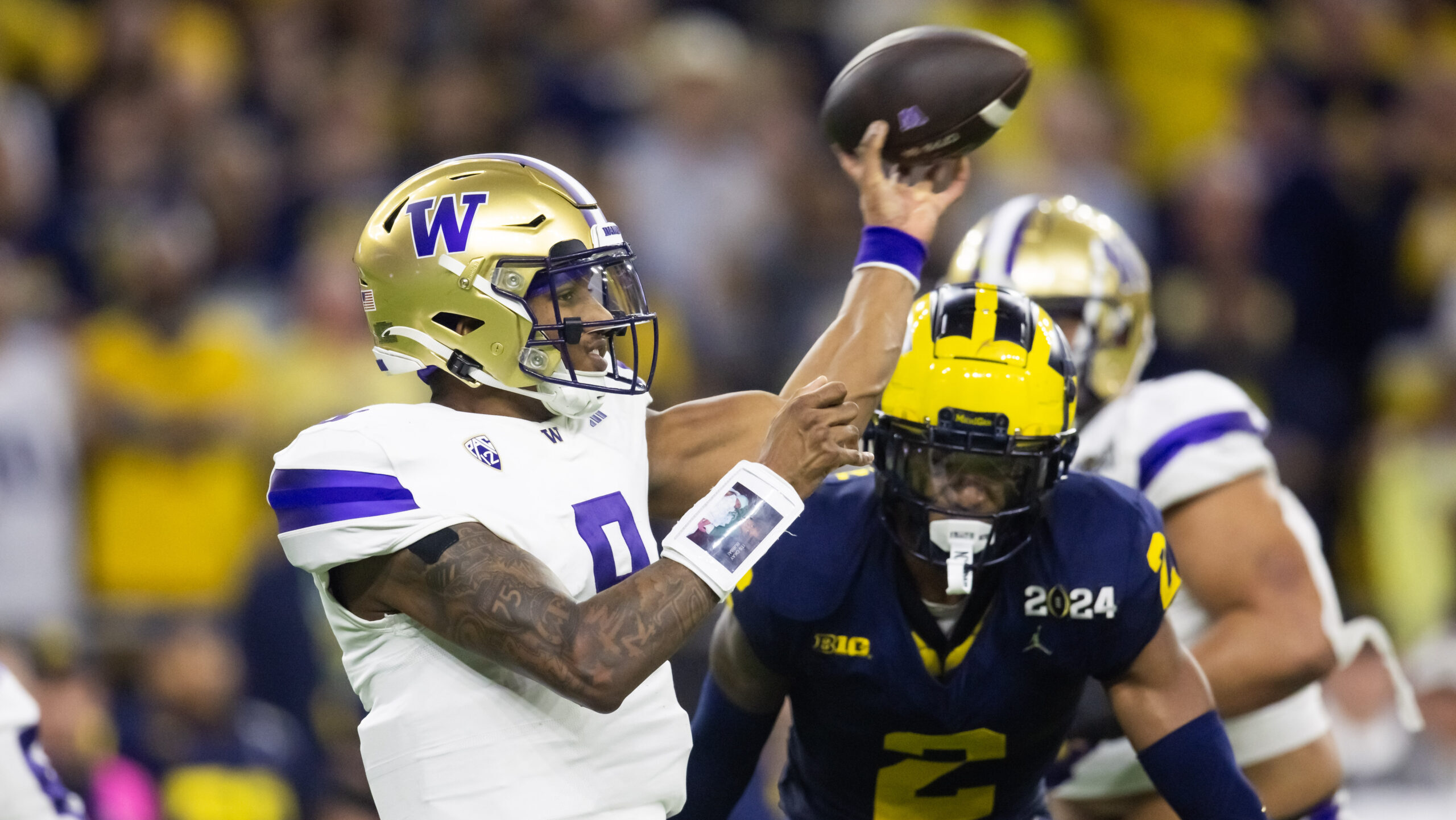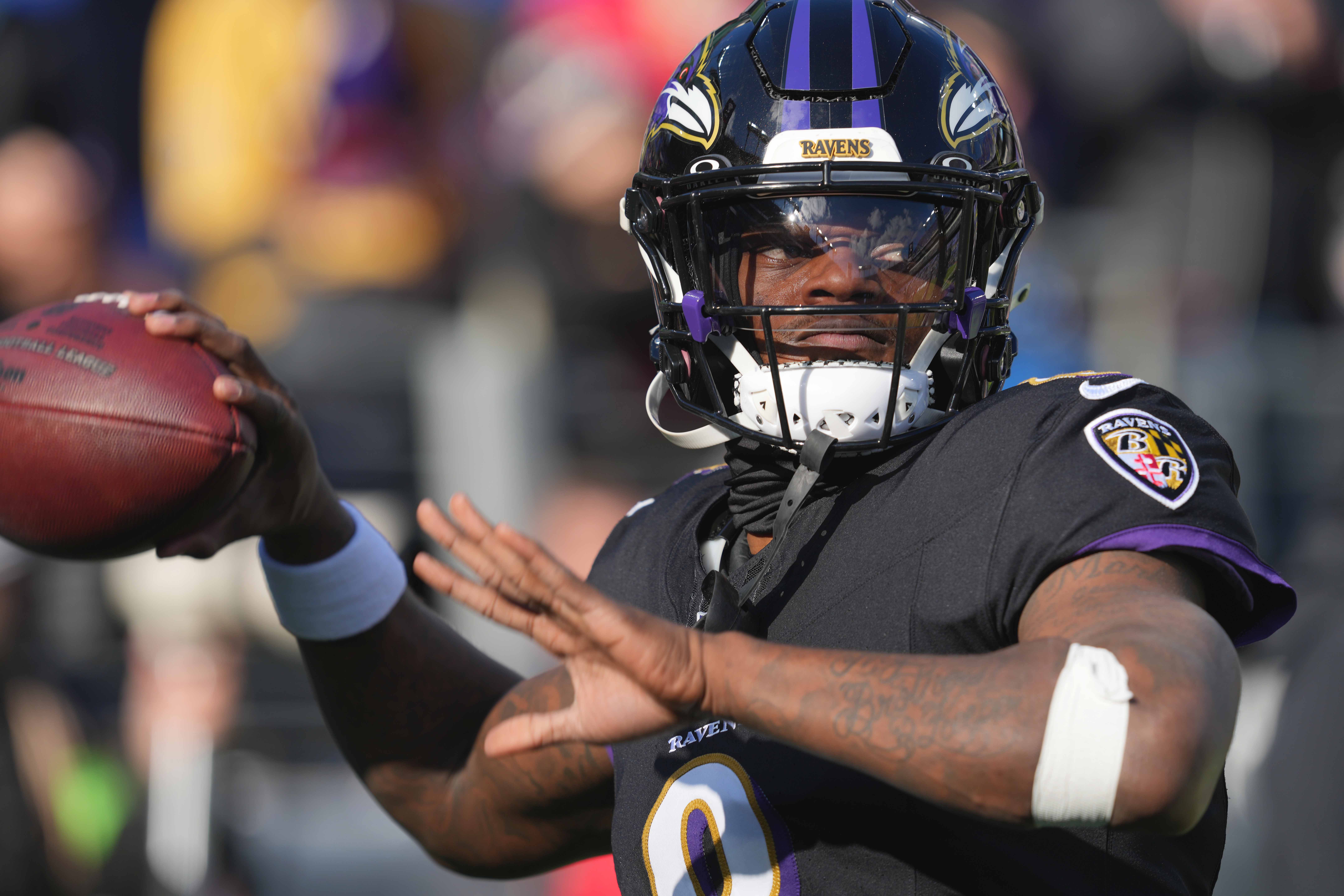Fantasy
8/9/22
10 min read
Fantasy Football Game Plan
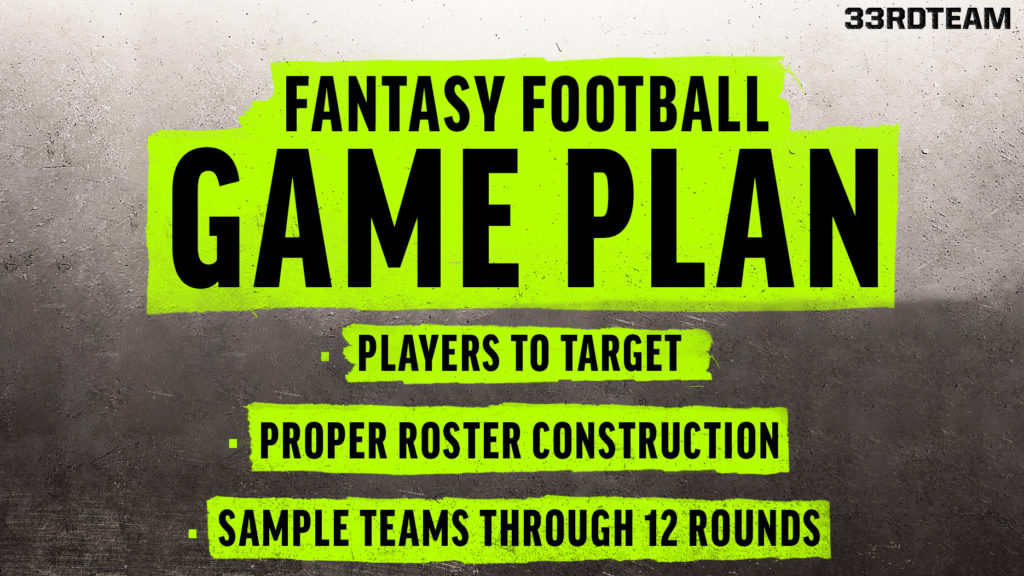
Your fantasy draft takes place this weekend, and you’re looking for some winning strategies for 2022. After spending countless hours compiling tiered rankings for you, it’s time to articulate how to apply an overarching strategy to pair with them. This is the fantasy football game plan.
While it may feel great to simply scoop up value on draft day, a draft strategy is equally, if not more, important. For example: if you draft five QBs because they all fell a round past ADP, your team will be hilariously bad at the other positions. A proper draft strategy actually allows you to get more player takes wrong and still end up with a solid starting roster, and this article will help you accomplish that.
I see three viable strategies for 2022: HeroRB, DoubleRB, and ZeroRB. I’ll briefly outline each strategy, and provide you with a sample draft through 12 rounds to help you better visualize what your team structure will look like.
HeroRB
“I need a hero!” Little-known fact: Bonnie Tyler was actually a huge fantasy football enthusiast many of you just didn’t realize it at the time that song was released back in 1984. Bonnie is one of the sharpest analysts I know in this space, and HeroRB is the first strategy to appear in this article, mainly because I view it as the most viable draft strategy for 2022.
It’s really simple: take only 1 RB early in your fantasy draft. RBs miss more games than WRs due to injury, and as the modern NFL trends to more pass-heavy game plans and RB committees, there are precious few RBs with true workhorse potential. By reserving more of your early draft capital for elite WRs, you are 1) prioritizing a position that dries up by the middle rounds and 2) prioritizing a position with fewer injuries and role changes. There will always be late-round RBs who have multi-game stretches of RB1/RB2 production, yet rarely can you find a multi-week starter at WR that can give you anything close to WR1/WR2 production.
Below are my preferred Hero options in the first four rounds of fantasy drafts:
Round 1 - Christian McCaffrey, Jonathan Taylor
Round 2 - D’Andre Swift, Aaron Jones, Leonard Fournette, Saquon Barkley
Round 3 - Javonte Williams
Round 4 - Travis Etienne, Cam Akers
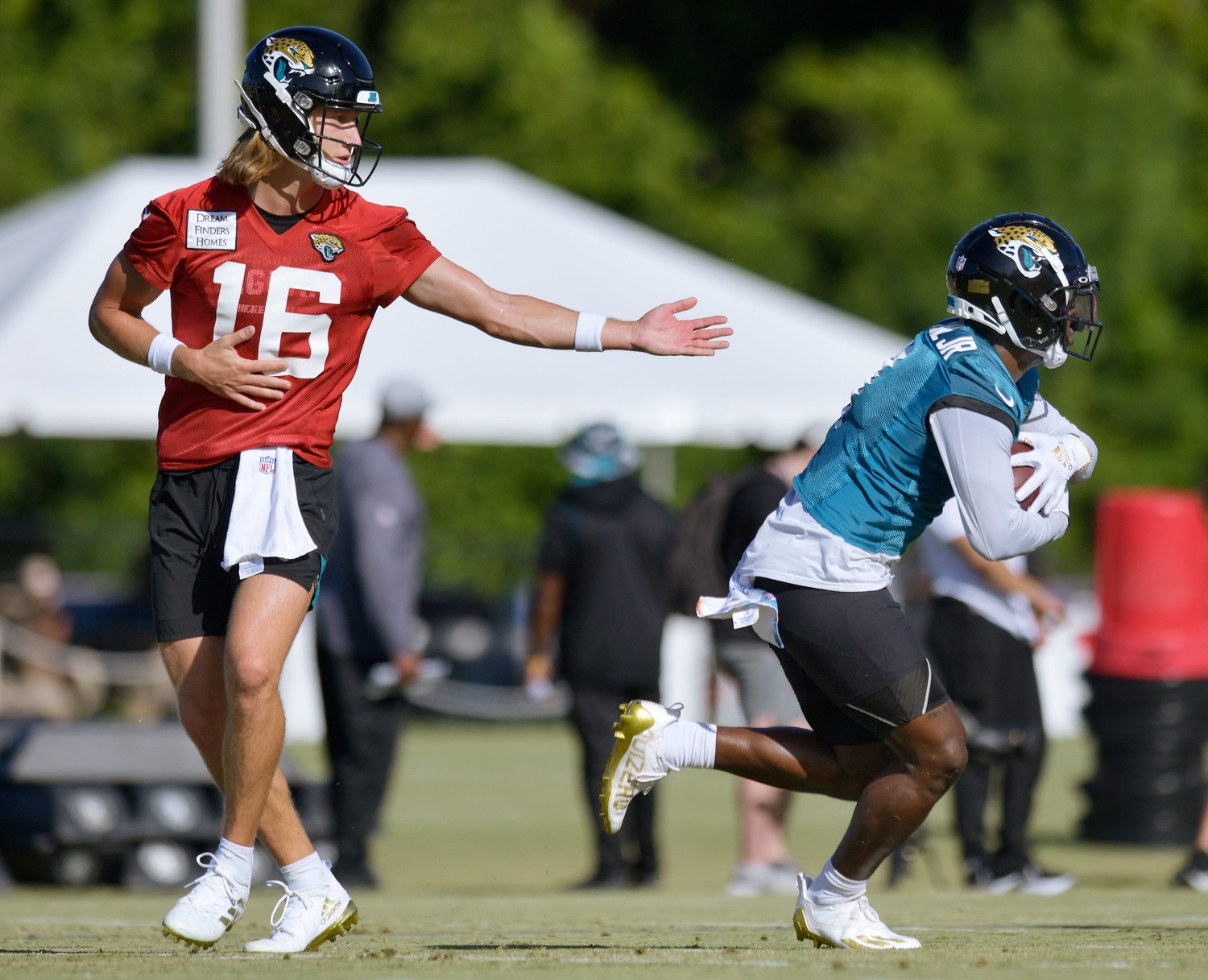
In addition to your Hero, there are three other goals you’ll want to accomplish within the first seven rounds of your draft:
QB - Aim for an elite QB in rounds five, six, or seven. My favorite options here are Lamar Jackson, Kyler Murray, Jalen Hurts and Russell Wilson. If you miss on all four, Trey Lance is a great option later in the draft.
WR - You’ll want at least three, and ideally four, WRs that can be rotated into your lineup each week. If you’re in a half-PPR or PPR league, aim to fill your flex position with one of these WRs each week. In a standard league, an RB is a viable flex option.
TE - Draft an elite TE, or at least a top-six option. My favorite targets are Travis Kelce (round one), Kyle Pitts (round three or four), and Darren Waller (round four or five), while Dalton Schultz in the sixth or seventh round is acceptable, too.
What Should Your Bench Look Like
Before laying out some of my favorite options to fill your RB2 slot, let’s talk about how to conceptually structure your bench.
Draft middle and late-round players you can envision being so good, that they force their way into your lineup.
Too often, I see drafters lining their bench with backup QBs and veteran WRs that will likely give you 10 fantasy points per game. Instead, think about drafting players who have a very large range of outcomes: they will either perform so well you cannot do anything other than start them, or they will provide very few fantasy points and you drop them for a better option. Never get caught holding onto a mediocre veteran WR for weeks at a time, when you could line your bench with upside plays. If you have a typical six-slot bench, the goal is for two of those players to make it into your starting lineup within the first four weeks of the season. If you cannot imagine a player entering your lineup in the first four weeks, they are most likely a roster clogger, and you should not be leaving your fantasy draft with them.
Because injuries and role changes are so common at the RB position, we want to load up on RB2 candidates for our team. Once we have a Hero RB, studs at QB and TE, and three or four high-volume WRs, we can re-focus our attention on the RB position. I’d aim to draft five more RBs after your Hero. Some of my favorites are Devin Singletary, Melvin Gordon, James Cook, Alexander Mattison, Rachaad White, Isaiah Spiller, Khalil Herbert and Kenneth Gainwell. For more in-depth explanations behind why these RBs were chosen, refer to my player rankings and tiers, which include individual player write-ups.
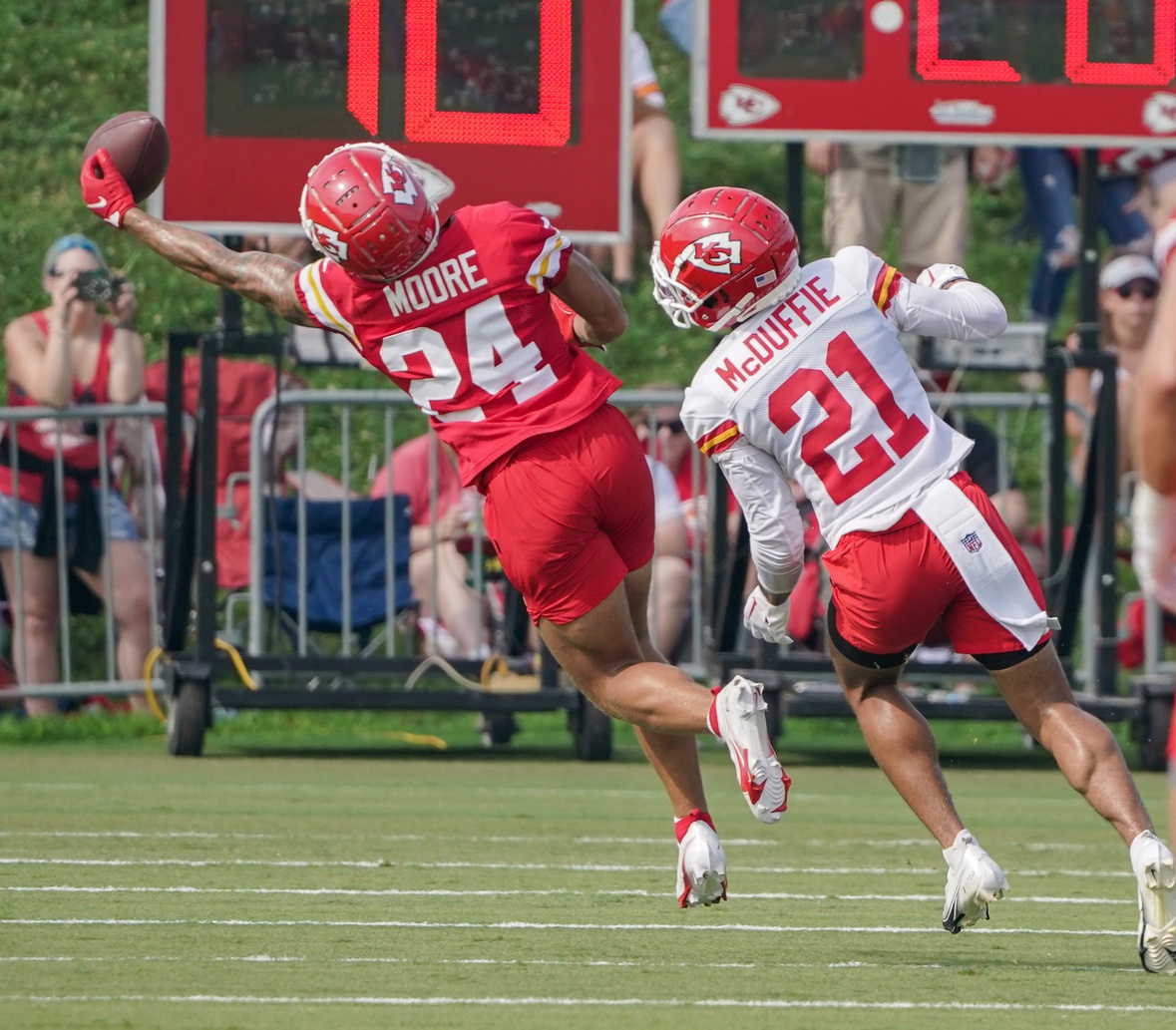
After the first seven rounds, you’ll want one to three rookie or upside WRs added to your team. My favorite options are Skyy Moore, Elijah Moore, Drake London, Kadarius Toney, Chris Olave, Garrett Wilson, Russell Gage and Tyler Boyd.
Generally, I do not draft a second QB or TE. The waiver wire usually has capable bye-week fill-ins, and I’d only consider taking a second QB or TE if you missed out on the top options I listed earlier.
Kicker Strategy
Prioritize kickers in good offenses, and those who play in domes, at altitude or in extremely hot weather. A few examples of this would be Daniel Carlson (dome and good offense), Matt Prater (hot weather and good offense) and Brandon McManus (high altitude and good offense).
Team Defense Strategy
For team defense, I focus on early season strength of schedule and prepare to stream them throughout the year. My favorite DST for the start of 2022 is the Cleveland Browns, a unit that in a vacuum should be above average this season. Their first four weeks all feature easy matchups: the Panthers (Baker Mayfield) in week 1, the Jets (Zach Wilson) in week 2, the Steelers (Mitch Trubisky) in week 3 and the Falcons (Marcus Mariota) in week 4. Teamwide offensive production is generally easy to predict, and a concept further explored in my Player Archetypes to Target and Fade.
The final piece of the puzzle is stacking your QB (if possible).
Here is a successful HeroRB draft through 12 rounds:
Round 1 - Stefon Diggs (WR)
Round 2 - D’Andre Swift (RB)
Round 3 - Kyle Pitts (TE)
Round 4 - Jaylen Waddle (WR)
Round 5 - Marquise Brown (WR)
Round 6 - Kyler Murray (QB)
Round 7 - Elijah Moore (WR)
Round 8 - Melvin Gordon (RB)
Round 9 - James Cook (RB)
Round 10 - Alexander Mattison (RB)
Round 11 - Skyy Moore (WR)
Round 12 - Isaiah Spiller (RB)
DoubleRB
The DoubleRB strategy is strikingly similar to HeroRB, except you draft two early-round RBs. The key with DoubleRB is to take your RB3 one or two rounds later than when you’d take your RB2 in a HeroRB build. If you take your RB2 in round seven or eight of a HeroRB build, consider waiting until round nine to take your RB3 when going DoubleRB.
If you are less inclined to grind the waiver wire early and often for RB help, DoubleRB is a better strategy for you. Successful DoubleRB teams last season often started with some combination of Austin Ekeler, Jonathan Taylor, Najee Harris and Joe Mixon. Drafting two of these RBs allowed you to focus waiver wire efforts on non-RBs, but still, most DoubleRB teams from last year needed to utilize the waiver wire. Dalvin Cook, Derrick Henry, Christian McCaffrey, Alvin Kamara, Aaron Jones, Saquon Barkley and Clyde Edwards-Helaire were all early round RBs that either missed games, under-performed, or both.
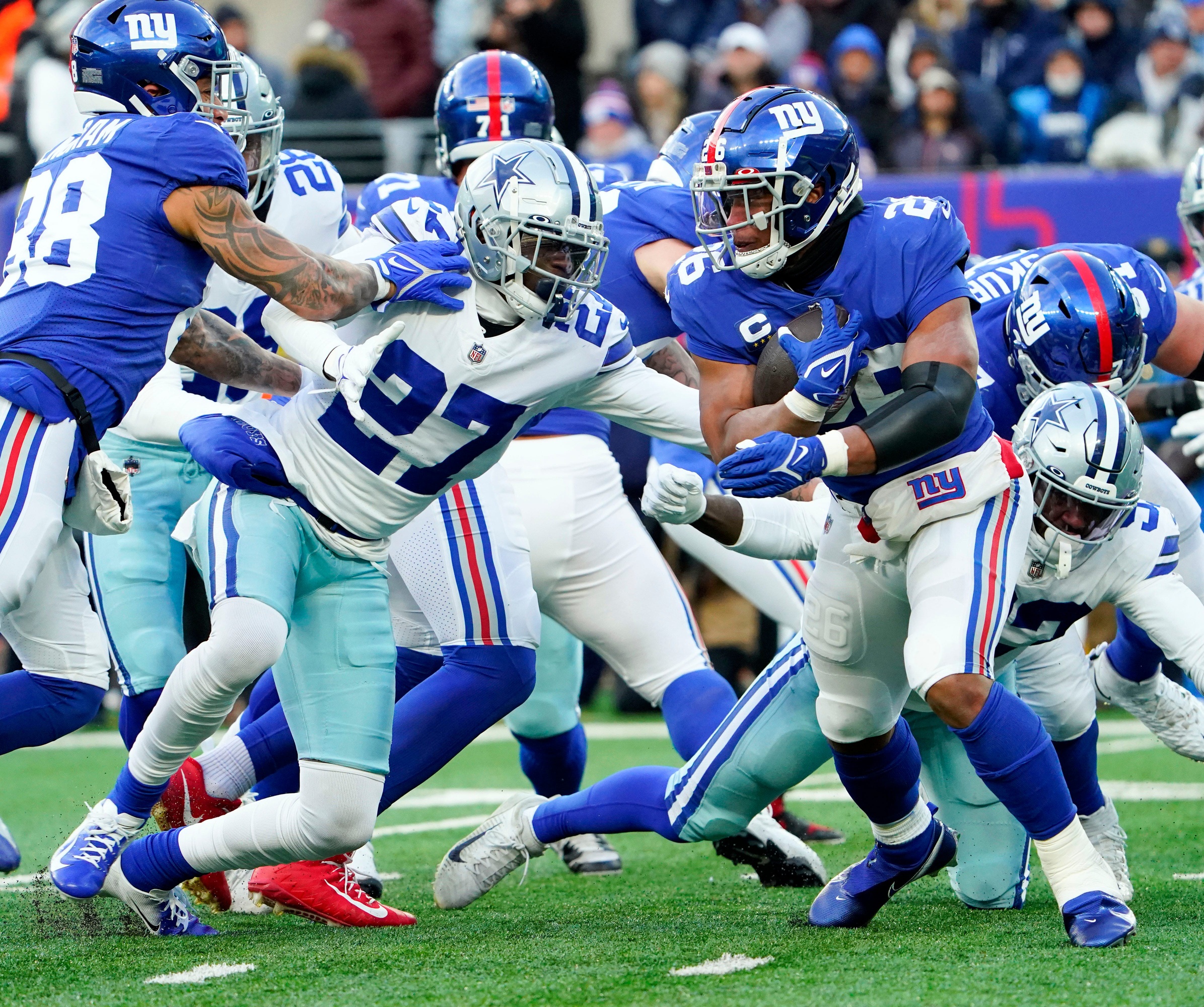
While DoubleRB may give you more free time on Tuesday nights to play hooky from the waiver wire the first month of the season, I’d actually classify it as a riskier strategy than HeroRB, due to its reliance on not one, but two, players at the most high-risk position in fantasy football.
Your priorities should be nearly identical to HeroRB regarding the QB and TE positions, though occasionally you’ll have to go with a slightly later QB (like Trey Lance) to ensure you have enough strength at the WR position.
Below is a sample DoubleRB build through 12 rounds:
Round 1 - Ja’Marr Chase (WR)
Round 2 - Leonard Fournette (RB)
Round 3 - Michael Pittman (WR)
Round 4 - Travis Etienne (RB)
Round 5 - Darren Waller (TE)
Round 6 - Allen Robinson (WR)
Round 7 - Adam Thielen (WR)
Round 8 - DeVonta Smith (WR)
Round 9 - Trey Lance (QB)
Round 10 - Chris Olave (WR)
Round 11 - Darrell Henderson (RB)
Round 12 - Khalil Herbert (RB)
ZeroRB
With ZeroRB, we want to capitalize on the inevitability of RB injuries, along with the role uncertainty that lower-tier “starting” RBs have.
22 RBs in 2021 averaged 14 or more PPR points per game, yet only six of them played in 16 or 17 games. 28 WRs averaged 14 or more PPR points per game, and 21 played in at least 16 games. This is what is behind the inevitability of RB injuries.
Ezekiel Elliott, Clyde Edwards-Helaire, Miles Sanders, Mike Davis, Myles Gaskin, Trey Sermon, Zack Moss and Ronald Jones were all drafted in the first seven rounds (ADP data courtesy of Fantasy Football Calculator), yet all suffered from role uncertainty. No WR drafted in the first seven rounds lost their starting job or ceded significant snaps due to a role change.
As a thought experiment for 2022, how confident are you that Miles Sanders gets the red zone work? While I think he’s the most likely RB on the Eagles to receive those touches, it would not surprise me if Kenneth Gainwell is the preferred back in the red zone in 2022. Conversely, if Jonathan Taylor is healthy, he is getting the vast majority of the red zone carries over Nyheim Hines. There is no role fragility with Taylor in the red zone like there is with Miles Sanders in that area of the field.
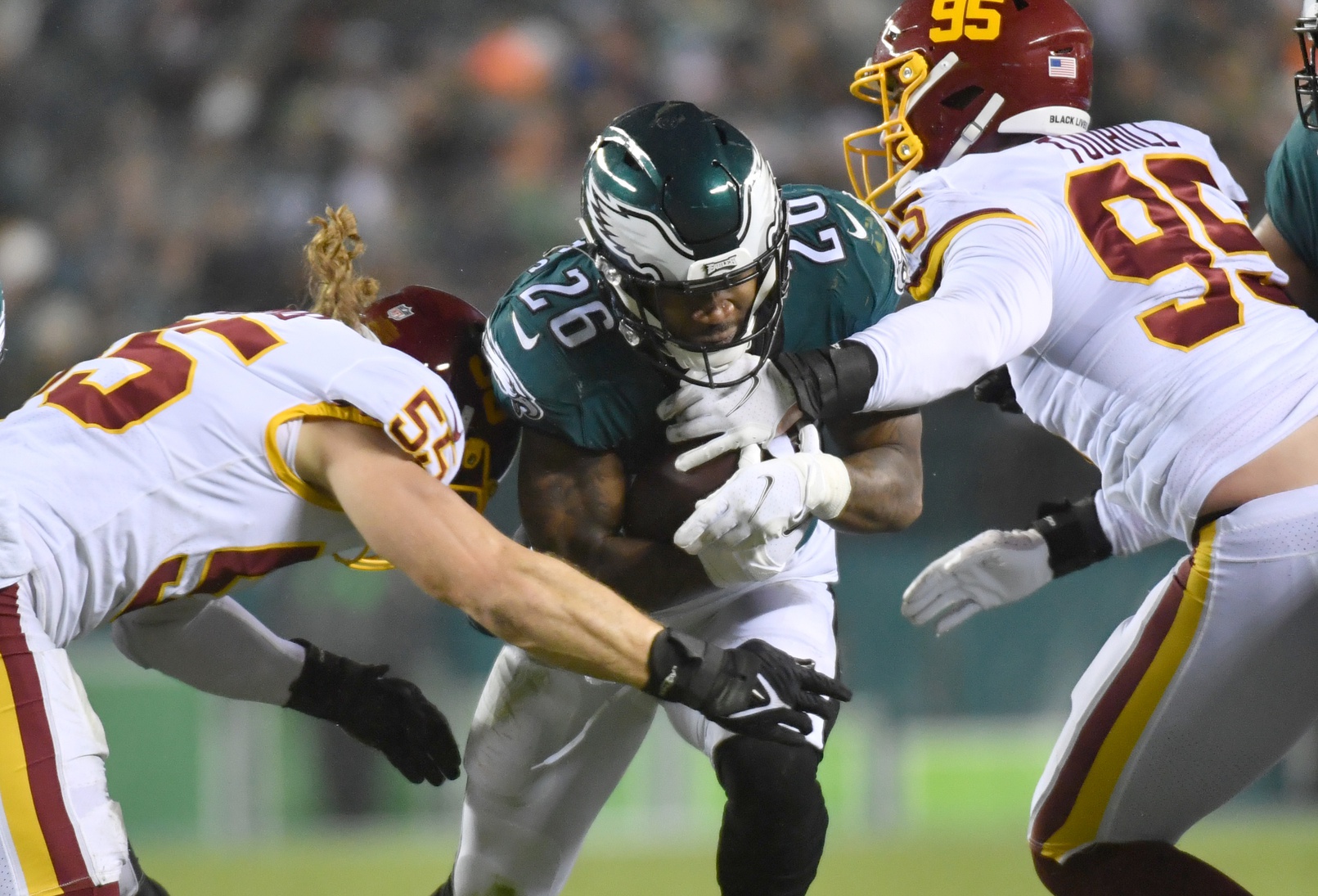
Gainwell is not the only late-round RB that can capitalize on role uncertainty. I do not have strong confidence projecting the touch distribution in:
- Miami (Chase Edmonds/Raheem Mostert/Sony Michel)
- San Francisco (Elijah Mitchell/Tyrion Davis-Price/Jeff Wilson)
- Washington (Antonio Gibson/JD McKissic/Brian Robinson)
- Atlanta (Cordarrelle Patterson/Tyler Allgeier/Damien Williams)
- Kansas City (Edwards-Helaire/Ronald Jones/Jerick McKinnon/Isaih Pacheco)
- Buffalo (Devin Singletary/James Cook/Zack Moss)
- New England (Damien Harris/Rhamondre Stevenson/James White/Ty Montgomery)
- Houston (Dameon Pierce/Rex Burkhead/Marlon Mack)
When going ZeroRB, it’s important to wait on RB. Many incorrectly apply this strategy by taking three or four WRs, then pounding RBs like JK Dobbins, Elijah Mitchell and AJ Dillon in the fifth through the seventh round. Even more so than HeroRB and DoubleRB, you want an elite QB and an elite TE on your roster. Essentially, your roster should be stacked outside of the RB position, and I’d recommend waiting until the seventh round or later before dipping your toes into the RB position.
A side note: if you’re not active on the waiver wire each week, I would not recommend ZeroRB as a draft strategy. It’s imperative to monitor injury situations and role changes each week in-season to ensure that your RB production is similar to your league mates’, despite your initial lack of RB investment on draft day.
Round 1 - Travis Kelce (TE)
Round 2 - Davante Adams (WR)
Round 3 - DJ Moore (WR)
Round 4 - Courtland Sutton (WR)
Round 5 - Lamar Jackson (QB)
Round 6 - Rashod Bateman (WR)
Round 7 - DeAndre Hopkins (WR)
Round 8 - Kadarius Toney (WR)
Round 9 - James Cook (RB)
Round 10 - Nyheim Hines (RB)
Round 11 - Rachaad White (RB)
Round 12 - Kenneth Gainwell (RB)


